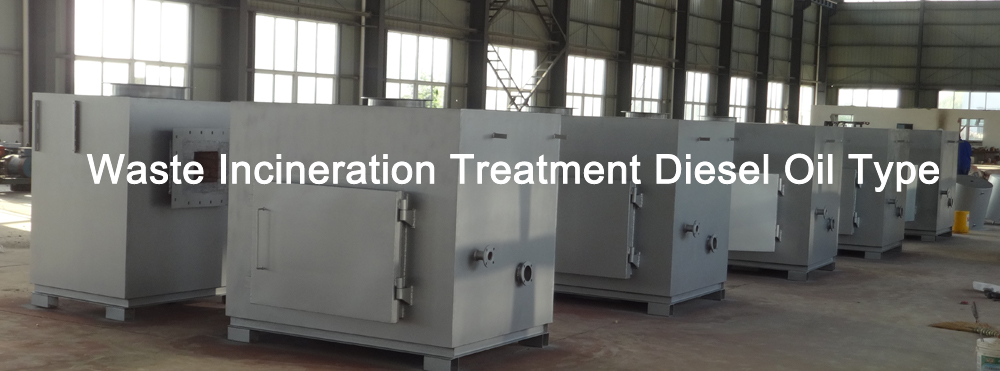Nairobi, the capital city of Kenya, is facing a significant challenge when it comes to waste management. With a population of over 4 million people, the city generates a substantial amount of waste every day. Unfortunately, the existing waste management infrastructure is struggling to keep up with the volume of waste being produced. One potential solution to this problem is the introduction of incinerators, which can help to reduce the volume of waste and minimize the impact on the environment. However, the high cost of incinerators is proving to be a major barrier to effective waste management in Nairobi.
Incinerators have the potential to significantly reduce the volume of waste by burning it at high temperatures, thereby reducing the amount of space needed for landfill sites. This can be especially beneficial for a city like Nairobi, where land is at a premium and waste disposal sites are rapidly reaching capacity. Additionally, incinerators can help to generate electricity by harnessing the heat produced during the incineration process, providing a sustainable and environmentally friendly energy source.
Despite these potential benefits, the cost of incinerators remains a major hurdle for Nairobi. The initial investment required to purchase and install the equipment is prohibitively high for the city’s budget. Additionally, ongoing operational costs, such as fuel and maintenance, further increase the financial burden of implementing incinerators as a waste management solution.
The high price tag of incinerators is compounded by the fact that waste management in Nairobi is already underfunded and struggling to keep up with the growing population. This makes it difficult for the city to allocate the necessary resources to invest in new waste management infrastructure, such as incinerators. As a result, the city continues to rely on traditional waste disposal methods, such as landfill sites and open burning, which are environmentally damaging and unsustainable in the long run.
In order to address the issue of cost, Nairobi needs to explore alternative funding mechanisms for waste management infrastructure. This could include seeking financial support from international donors or partnering with private sector companies to develop and operate incineration facilities. Additionally, the city could explore innovative financing options, such as public-private partnerships or green bonds, to fund the implementation of new waste management technologies.
Another potential solution to the high cost of incinerators is to prioritize waste reduction and recycling initiatives. By implementing comprehensive recycling programs and promoting waste reduction at the source, Nairobi can minimize the amount of waste that needs to be processed through costly incineration facilities. This approach would not only help to mitigate the financial burden of waste management but also promote a more sustainable and environmentally friendly approach to managing waste in the city.
The price tag of incinerators is undeniably a major barrier to effective waste management in Nairobi. However, with strategic planning, innovative financing, and a focus on waste reduction and recycling, the city can overcome this challenge and develop a more sustainable and effective waste management system. By investing in modern waste management infrastructure, Nairobi can reduce its environmental impact, improve public health, and create a cleaner and more livable city for its residents.



